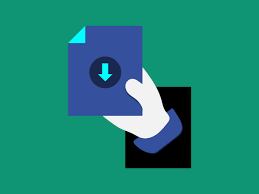Jason John Labuschagne
Nelson Mandela Children’s Hospital, South Africa
Title: A prospective study of Automated Vagus Nerve Stimulation in a paediatric population who are unable to initiate user-initiated stimulation
Biography
Biography: Jason John Labuschagne
Abstract
Vagus nerve Stimulation (VNS) has been shown to be effective in reducing seizure frequency. Traditionally, the left Vagus nerve is stimulated in ongoing cycles along with user-initiated stimulation by passing a magnet across the implanted device at the time of the perceived seizure onset. However, manual application of the magnet at the time of the perceived seizure may not be feasible for a variety of reasons. An automated method to initiate stimulation at the start of the seizure would be beneficial in these circumstances. Approximately 70% of focal onset seizures are associated with tachycardia. One method of delivering stimulation is to use the detected tachycardia to initiate automated stimulation. A prospective, unblinded, single-center study was performed. Ten subjects all of whom were younger than twelve years of age, who could not perform manual stimulation were treated using the AspireSR VNS therapy device. Baseline seizure frequency data was collected along with postbaseline seizure frequency data. Quantitative seizure severity, pre and post insertion, was collected, using the Hague Seizure Severity Scale. Baseline and postbaseline quality of life data, using the QOLCE-55 questionnaire were obtained. Responder rate, along with the Engel and McHugh classification of outcomes were collected. Adverse events were systematically collected and reported. Our minimum period of six months follow up data is reported.

